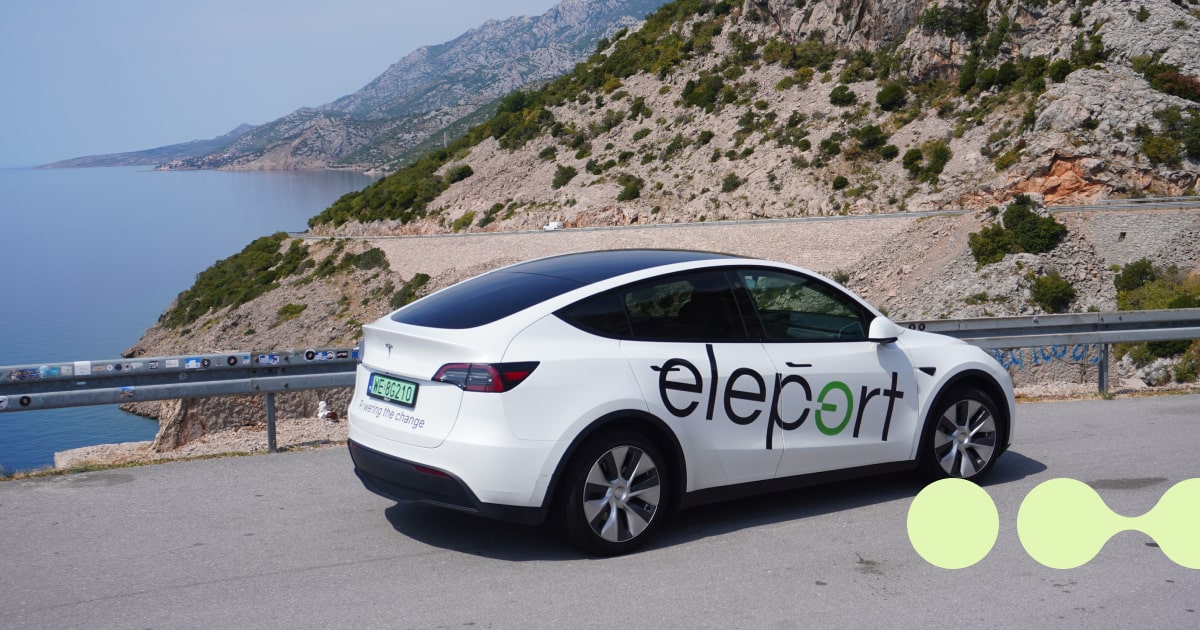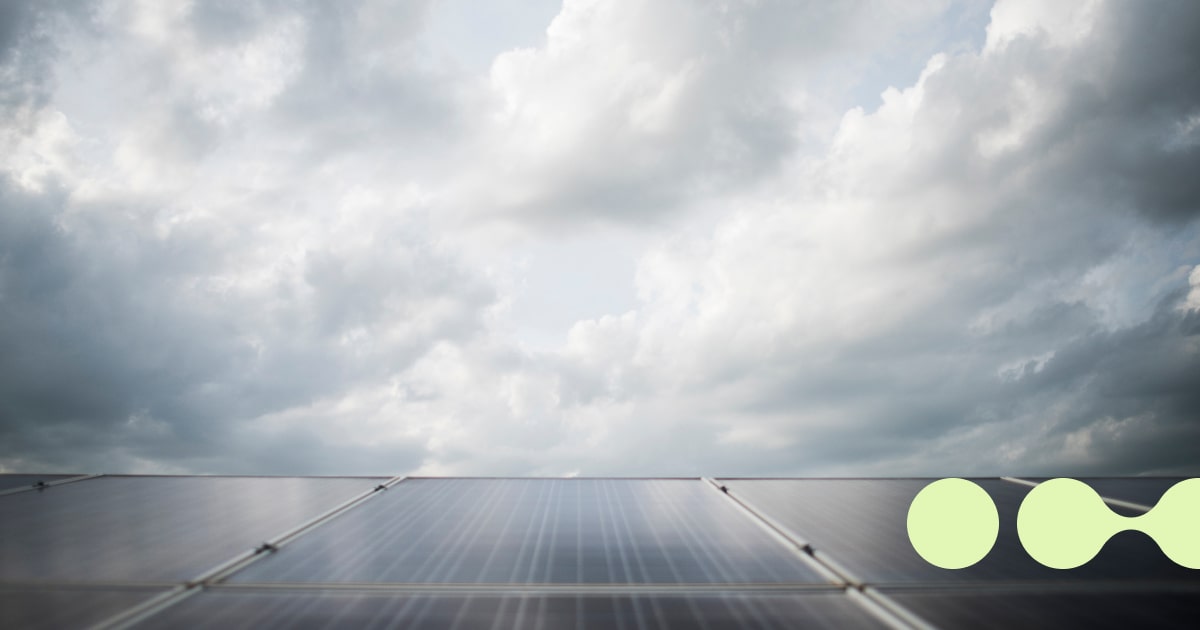For years, charging a car from the sun felt like a slogan on a tote bag, not a real system. Today, it can even look routine in some parts of Europe. Partly solar-powered EV charging stations now sit in retail parks, depots, and motorway stops across Europe, linking mobility and power in a loop that actually shows up to work.
The drivers of this shift are practical. Energy prices swing, city grids hit their limits, and motorists expect proof that “zero emissions” means more than a badge. Solar answers part of that demand. It provides clean electricity for the stations when needed, eliminating the need to wait for additional power from a central plant.
As for solar used to power a public fast charging station, there are usually two solutions: ground-mounted solar next to the charging site for generation, or a solar canopy. Sometimes, it can even be both, as seen from one of the largest off-grid sites in the world that we covered in our recent article around charging hubs.
What follows isn’t theory. It’s how this new layer of infrastructure operates day to day—how panels, batteries, and software come together to power real cars, under real conditions. It’s also a look at why EV charging stations using renewable energy are a sign of how Europe intends to move—literally and strategically—toward energy independence.
How Solar EV Charging Works

From the kerb, charging with solar seems straightforward: sunlight hits the panels, a cable connects to a car, and charging begins. In reality, the choreography is exact. The charging system continuously measures conditions, routes power with precision, and adheres to rules that balance output and demand. The goal is simple and firm: maximise local solar use, keep charge bays reliable, and protect grid stability year-round.
Here are the steps that happen when charging through solar:
- Capture light – PV arrays harvest sunlight and produce DC electricity.
- Convert for use – Inverters deliver AC power suitable for chargers and on-site equipment.
- Store – Most sites combine solar with battery energy storage for better operations.
- Sense demand – Controllers track vehicle queues, battery charge, and grid conditions.
- Route power – Energy can first flow to EVs, then to storage, with the grid as backup.
- Balance and export – Smart systems manage peaks, store surplus energy, and feed excess power back into the grid when possible.
Across many sites, these systems become a distributed solar network—quiet, local, and vital to Europe’s cleaner mobility.
Why Solar Charging Matters More Than Ever

Europe’s transport story is shifting from litres to kilowatt-hours. What used to be a discussion about car models and what came out of their tailpipes, now turns on where the electricity comes from. Here’s why solar-powered EV charging has become a strategic piece of that puzzle.
1. Lower carbon footprint and cleaner kilometres
Every kilowatt-hour from the sun is one less from fossil generation. For companies tracking carbon metrics, this matters. For cities choking on air pollution, it’s essential. What’s notable is how solar EV charging closes the loop between clean generation and clean transport — one addresses what the other consumes.
2. Control over costs
Electricity from the grid can swing wildly in price; sunlight doesn’t. Once panels are installed, operational costs level out—a solar-powered EV charging station buffers operators against energy-market turbulence. Over time, it’s not only greener but also more financially stable.
3. Independence and resilience
A solar EV charging station can generate electricity even when the grid fails. However, it can only do so if it is designed for island mode (battery storage + grid-forming inverter + protection relays). That’s not a minor detail for rural networks or logistics fleets. As Europe electrifies, reliability becomes currency — and local generation buys peace of mind.
4. Scalable by intent
Solar EV charging station isn’t an all-or-nothing investment. It typically starts with a modest array, such as a solar canopy, then expands as usage grows. It’s modular infrastructure — flexible, reliable, and well-suited to Europe’s dense urban fabric.
Challenges and Considerations for a Solar EV Charging Station
Like all infrastructure, solar EV charging has constraints that require clear-eyed planning.
Weather and daylight hours define how much energy a system can capture. Southern Europe enjoys abundant yields yet less efficiency; northern regions, on the other hand, enjoy better efficiency due to the cooling effect, but have fewer sun hours and depend more on batteries and hybrid operation. Seasonal variation means winter months may require higher grid import or larger storage. In Northern Europe, the solar yield is nearly non-existent, so support from other renewables through the grid is a must.
Space and siting matter too. Rooftop systems are suitable for warehouses and retail parks, while carport structures are ideal for public lots and service areas. Shading, tilt angle, and local architecture all influence the solar production the site ends up with.
Regulatory processes often take longer than the installation of the solar EV charging station itself. In many countries, obtaining permits and grid connection approvals can take even several years. Early coordination with local utilities saves time later.
Finally, capital costs remain front-loaded. Panels, inverters, and batteries require investment, though falling hardware prices and EU sustainability funds are narrowing that gap each year. Routine maintenance—mainly cleaning panels and checking inverters—adds small but regular costs to the balance sheet.
When it comes to investing in solar, the known truth is the investment pays off quicker when you’re using the power you’ve generated yourself, instead of selling it back to the grid (and thus paying grid fees). This makes having EVs in the loop a great leverage to use up more of the generated solar, reducing the time to system breakeven.
Understanding these factors doesn’t weaken the case for solar charging; it strengthens it. When projects begin with realistic expectations, returns follow naturally.
Solar and Public Infrastructure in Europe

Across Europe, solar power is moving from rooftops into the everyday fabric of roads, car parks, and logistics hubs. The change is uneven, yet the direction is clear.
In Croatia, for example, motorway operators have launched plans to pair rest-area chargers with photovoltaic canopies to stabilise energy costs during the tourist season, when both car traffic and sunlight peak.
Poland is utilising solar installations around logistics hubs and retail parks to power mixed AC–DC networks, which ease the strain on a grid still heavily reliant on coal generation.
Slovenia treats solar integration as a national design rule. New highway and public parking projects often include carports equipped for charging, with surplus power redirected to nearby facilities, such as lighting or air conditioning.
In the Baltic countries, public charging corridors are slowly evolving into small hybrid energy nodes. Sites are slowly starting to combine rooftop PV, local storage, and smart control systems that share power with neighbouring buildings when cars aren’t connected.
All these efforts follow one core idea: start with manageable projects, keep them tied to the grid, and generate clean energy close to where it is used. The hardware may look modest, yet step by step, it changes how Central and Northern Europe think about resilient transport.
Eleport’s Role in the Transition

Within this wider shift, Eleport helps turn policy and plans into real infrastructure on the ground. Every site in its public charging network runs on certified renewable electricity, so drivers know their trips stay genuinely low carbon.
The future Eleport envisions is one where charging sites increasingly generate and store their own clean energy — prioritising solar power, using the grid only when needed, and saving surplus for evening peaks.
How does this work?
Behind the simplicity is deep technical integration. Software monitors every charger, balancing loads across regions to ensure optimal performance. When weather forecasts predict low sunlight, systems can pre-charge local batteries to maintain high uptime. It’s renewable infrastructure built with an operator’s realism, not a researcher’s idealism.
For city planners and private partners, Eleport’s approach matters. It demonstrates that clean energy can be delivered with the same level of reliability that drivers already expect from petrol. And it does so with a lighter footprint and lower volatility; qualities any European network can appreciate.
Conclusion
Europe’s roads are filling with quiet cars, and they deserve equally quiet power. Solar-powered EV charging stations may look like a simple row of panels, but they represent something larger: control over our own energy future.
What began as environmental virtue is becoming economic sense. With operators such as Eleport proving that renewable networks can match the reliability of fossil ones, the idea of solar mobility no longer belongs to the margins. It belongs to the mainstream.
The energy from the sun has been free for billions of years. Europe is finally learning how to plug into it.
FAQ
1. Can I really charge my car straight from rooftop panels?
Yes. With a suitable inverter and EV charger, your rooftop PV can power the car directly during daylight. For steady availability and stable speeds, consider adding a small home battery and maintaining a grid connection. Think of it this way: solar covers sunny hours, the battery bridges clouds and evenings, and the grid fills any remaining gaps.
2. How well do solar chargers work in cloudy regions?
Better than you might think. Modern systems don’t rely only on sunlight. The battery stores energy from brighter hours, and a grid connection fills in when production drops. In much of Northern and Central Europe, this hybrid approach ensures chargers remain dependable throughout the year.
3. Is a solar EV charger a big expense?
The first payment is higher than that of a basic grid-only setup due to the additional panels and electronics involved. But once installed, running costs drop sharply. Lower electricity bills, government support, and stable energy prices usually make up the difference within several years.
4. What solar installation size works for a small business?
That depends on how often and how long vehicles stay on site. Many small firms can run efficiently with a medium-sized PV array, a modest battery, and a few AC charging points. It’s enough for two- to three-hour sessions, and the system can grow later if demand increases.
5. Can a solar EV charging station run off-grid all the time?
Technically, yes — if sunlight is steady and the site has large enough panels and storage (PV array needs to essentially be oversized). In Europe, though, most operators stay hybrid. The grid acts as a reliable safety net during prolonged periods of low sunlight, while solar power still carries some or most of the daily load.



